Scientists have unearthed the world’s oldest known forest in upstate New York. This 386-million-year-old woodland predates the dinosaurs by over 100 million years.
Researchers mapped 3,000 square meters of the ancient forest in Cairo, NY. What other prehistoric wonders might lie hidden beneath our feet?
Catskill Time Capsule: A Quarry’s Unexpected Treasure
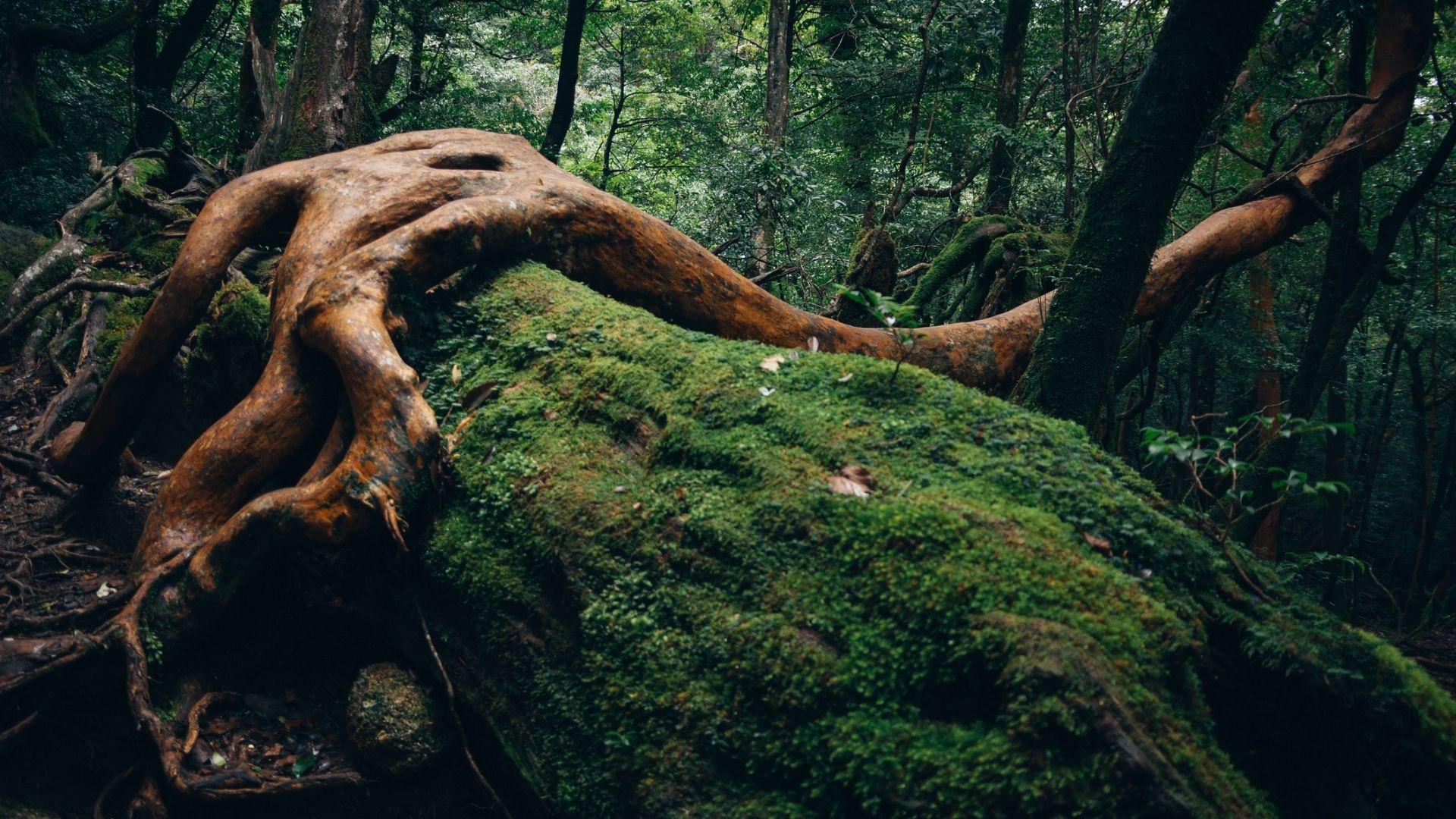
A sandstone quarry in the Catskill Mountains revealed this extraordinary find. The forest once sprawled across 400 kilometers of prehistoric landscape.
Geologists estimate that less than 1% of such ancient forests survive in fossil form. Could this discovery rewrite our understanding of Earth’s early ecosystems?
Primordial Flora: Meet Earth’s Early Arboreal Pioneers
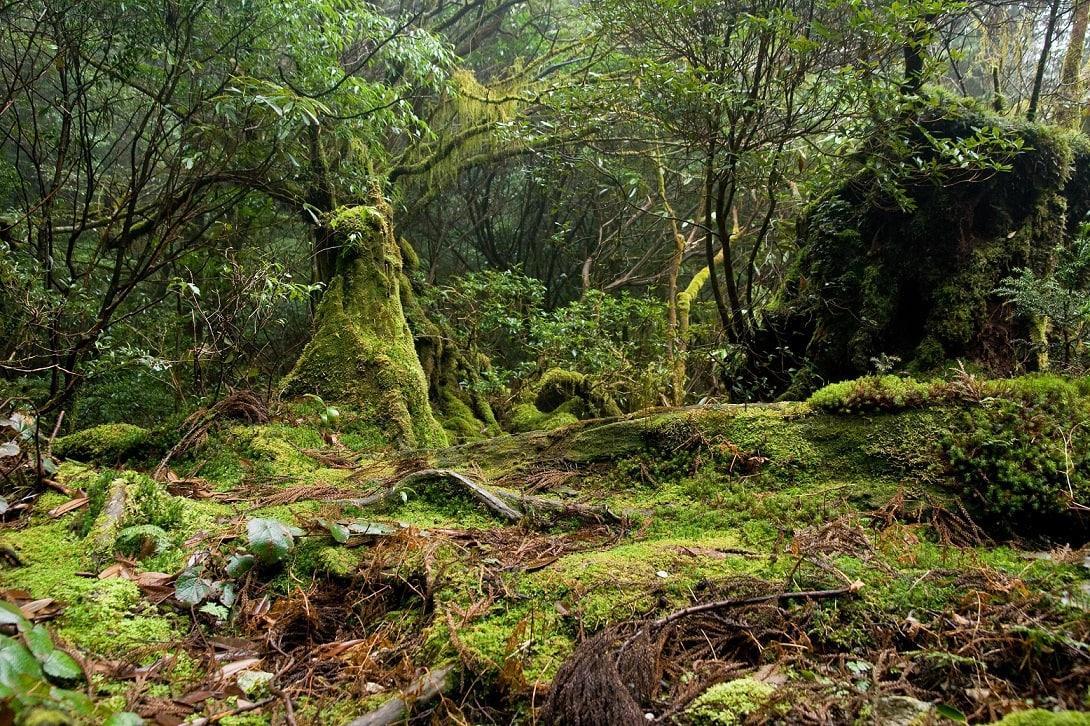
The forest contains primitive plants called cladoxylopsids and Archaeopteris trees. These early species reproduced using spores rather than seeds.
Archaeopteris, reaching heights of 30 meters, was among the first plants to develop leaves. How did these ancient trees shape the world we know today?
Spore Supremacy: Before Seeds Ruled the Earth
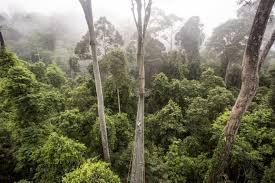
All identified trees in this forest reproduced via spores. This method dominated plant reproduction for over 100 million years.
Spore-based reproduction allowed plants to colonize land 430 million years ago. What evolutionary pressures led to the eventual dominance of seed-bearing plants?
Mystery Tree: An Unidentified Prehistoric Species
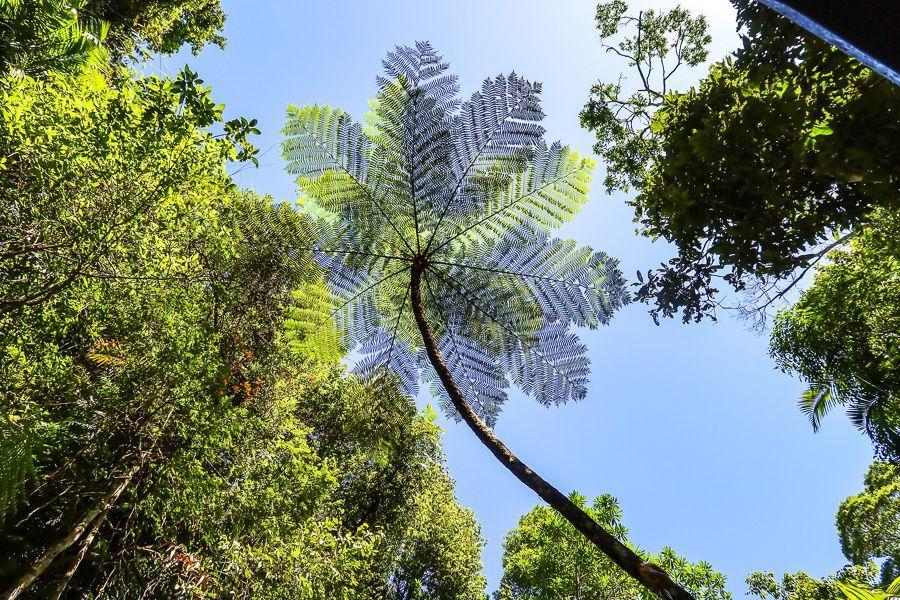
Researchers discovered a single example of an unidentified tree species. This mystery plant could potentially be an early lycopod.
Lycopods, including modern club mosses, first appeared 420 million years ago. What secrets might this enigmatic tree reveal about plant evolution?
Reconstructing the Past: Imagining Ancient Forests
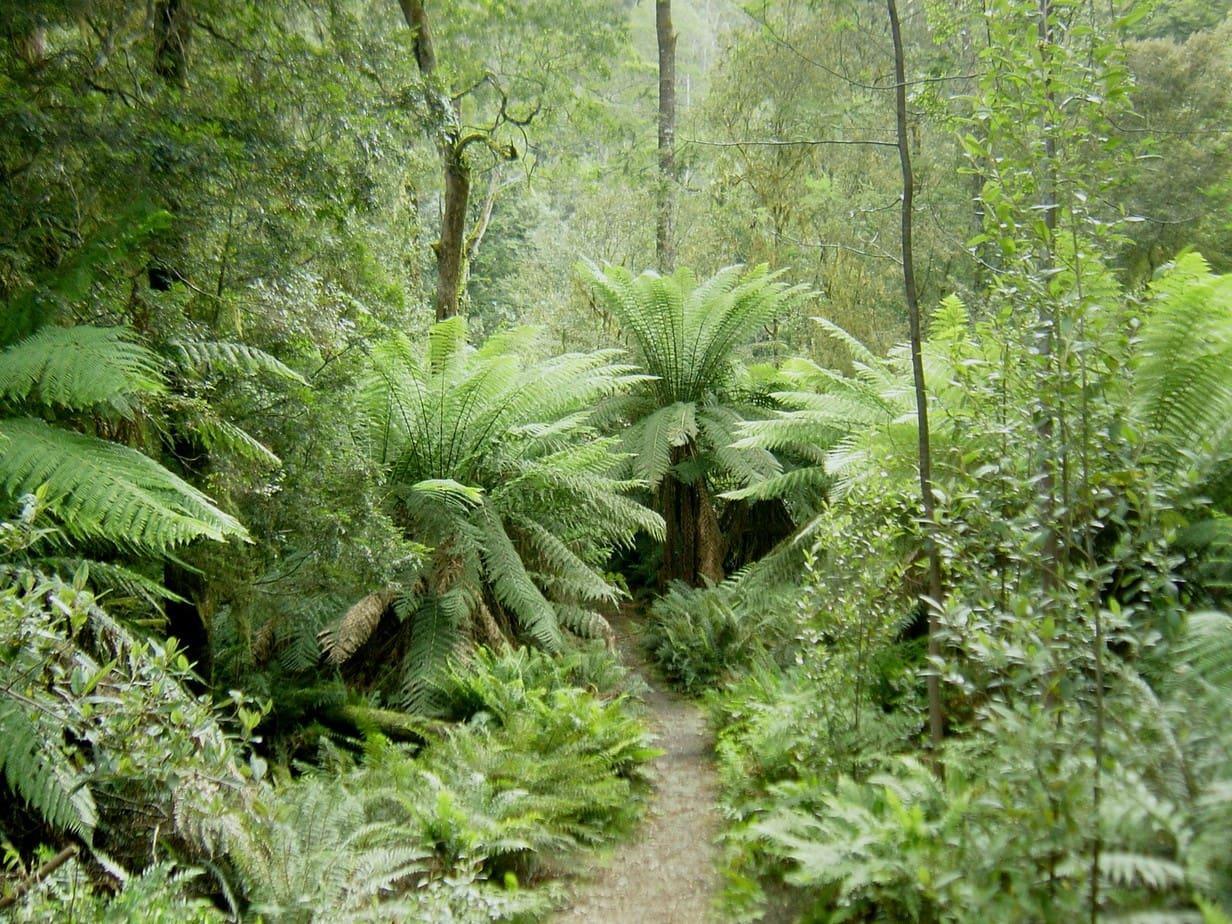
Scientists can now visualize this open, conifer-like forest in detail. The landscape featured moderate-sized trees with smaller fern-like plants between them.
This forest predates the first dinosaurs by 150 million years. How accurately can we picture a world so vastly different from our own?
Carbon Capture: Early Trees as Climate Engineers
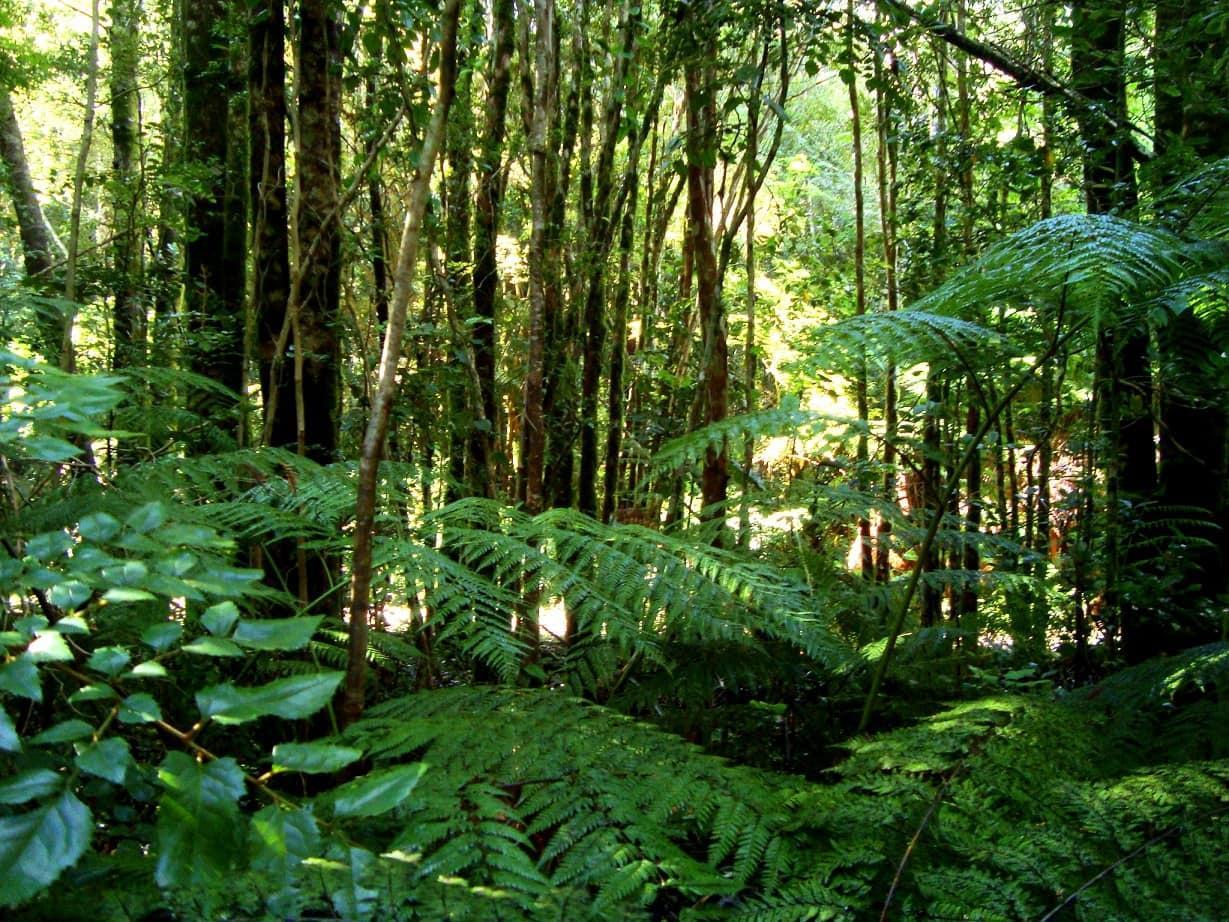
Understanding these ancient forests helps explain early carbon sequestration. The rise of forests led to a 90% reduction in atmospheric CO2 over millions of years.
Early trees played a crucial role in making Earth habitable for complex life. Could insights from ancient forests help address modern climate challenges?
Rooted in History: Exploring Prehistoric Soil
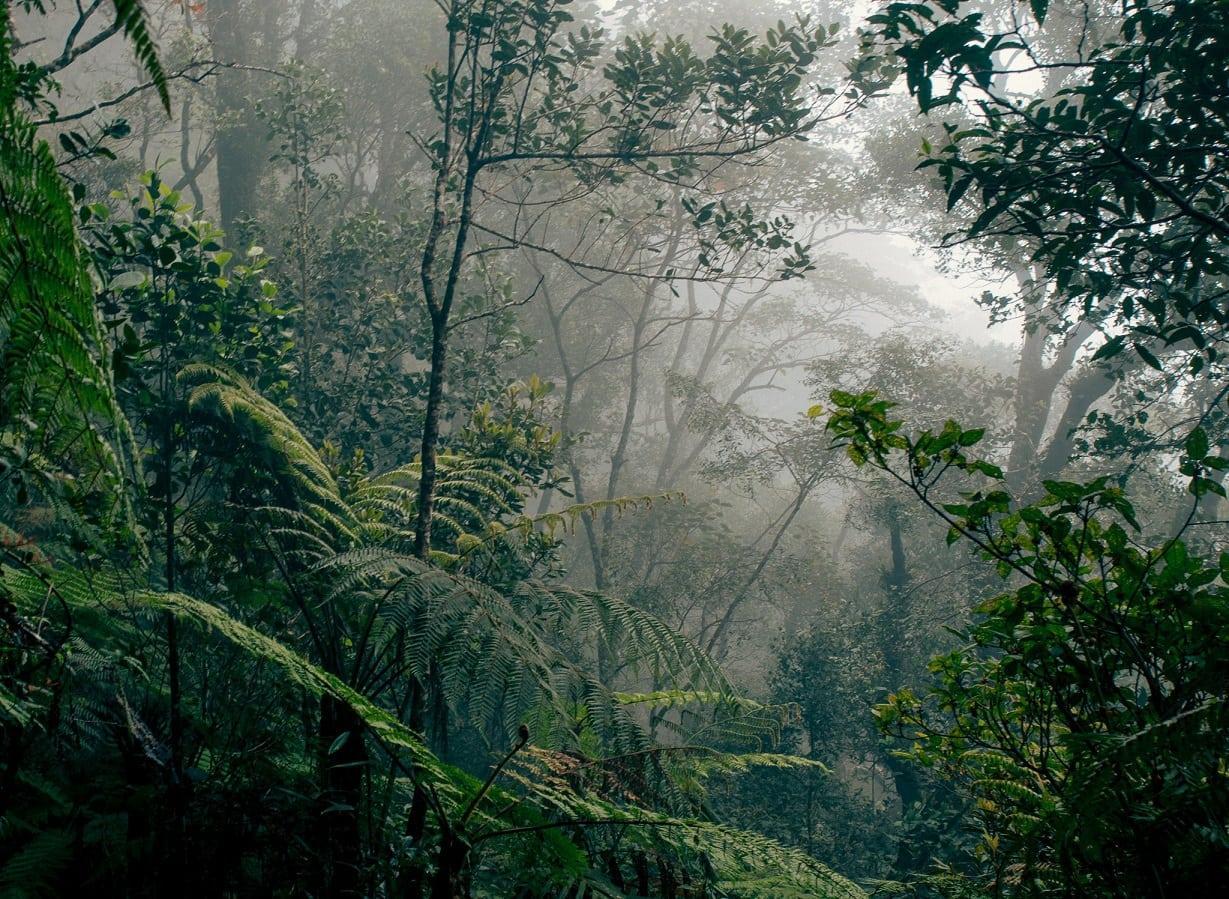
Researchers can now analyze the fossilized soil between these ancient trees. This allows for detailed geochemical studies of prehistoric environments.
Soil analysis can reveal information about ancient climates and ecosystems. What untold stories lie buried in this 386-million-year-old dirt?
Global Transformation: Earth Becomes a Forested Planet
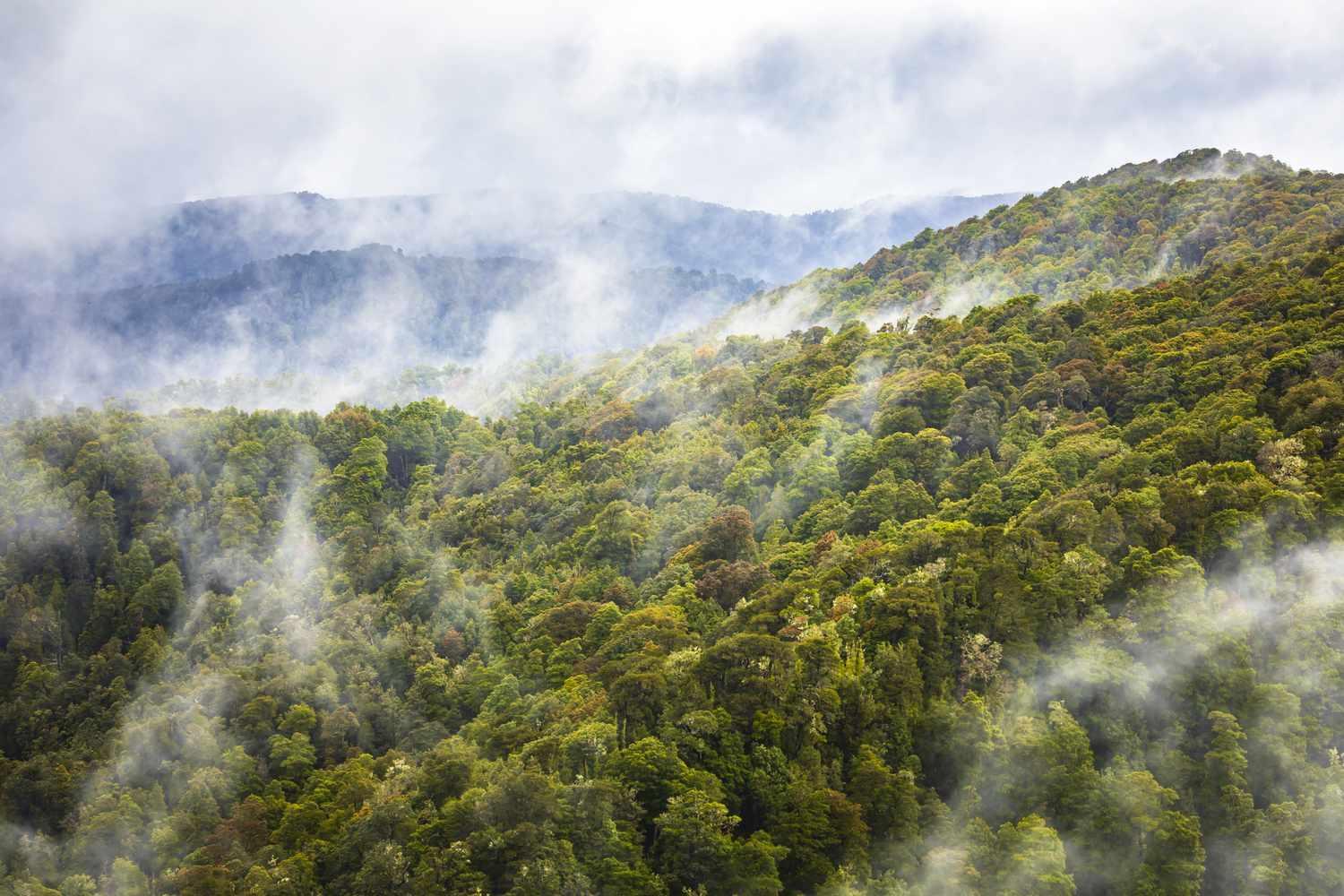
This discovery illuminates Earth’s transition to a forested world. The spread of forests dramatically altered global climate and geology.
Early forests increased oxygen levels by up to 35%, enabling the evolution of large animals. How might Earth’s history have unfolded without the rise of trees?
Future Discoveries: What Else Awaits Beneath?
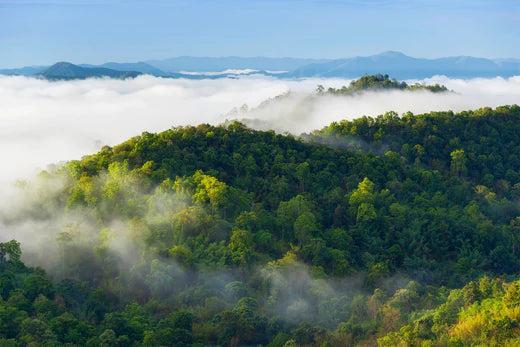
The New York forest discovery suggests more ancient wonders may exist. Only a fraction of Earth’s geological history has been thoroughly explored.
New technologies are enhancing our ability to detect and study fossilized remains. What other epoch-defining discoveries might be waiting just below the surface?

